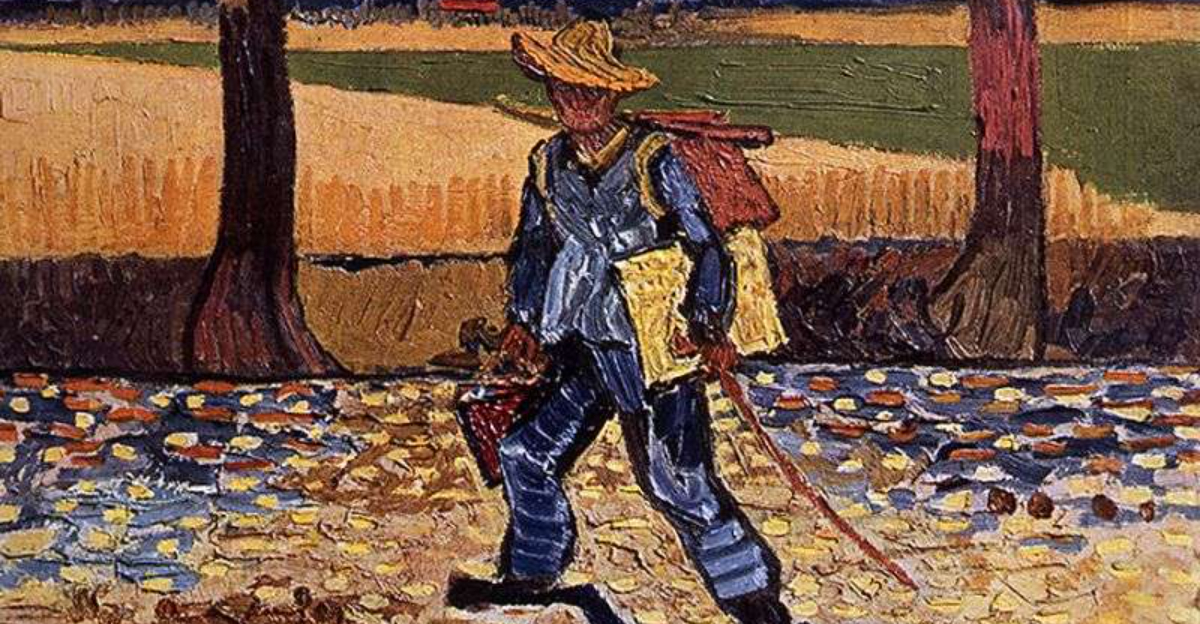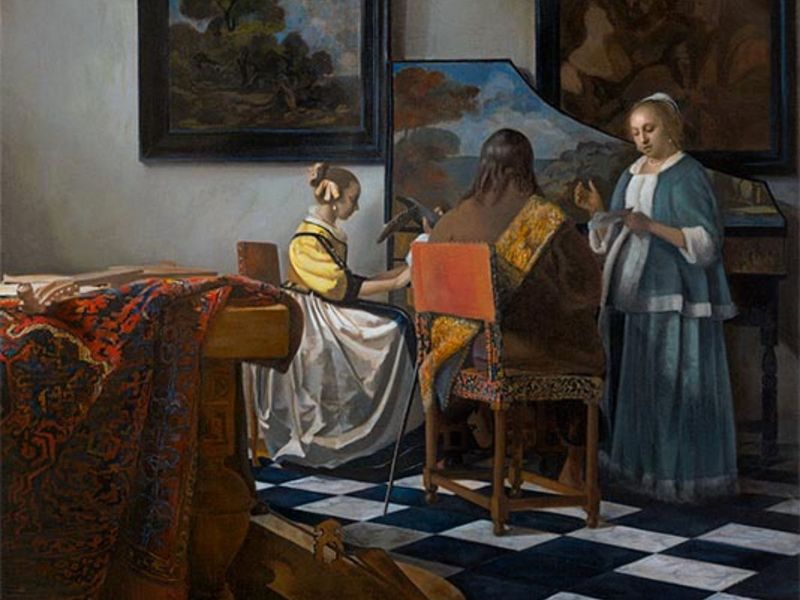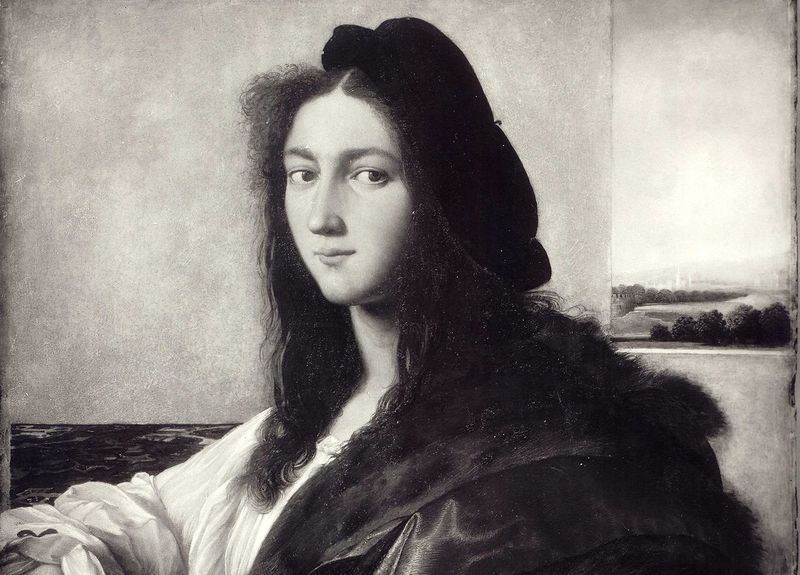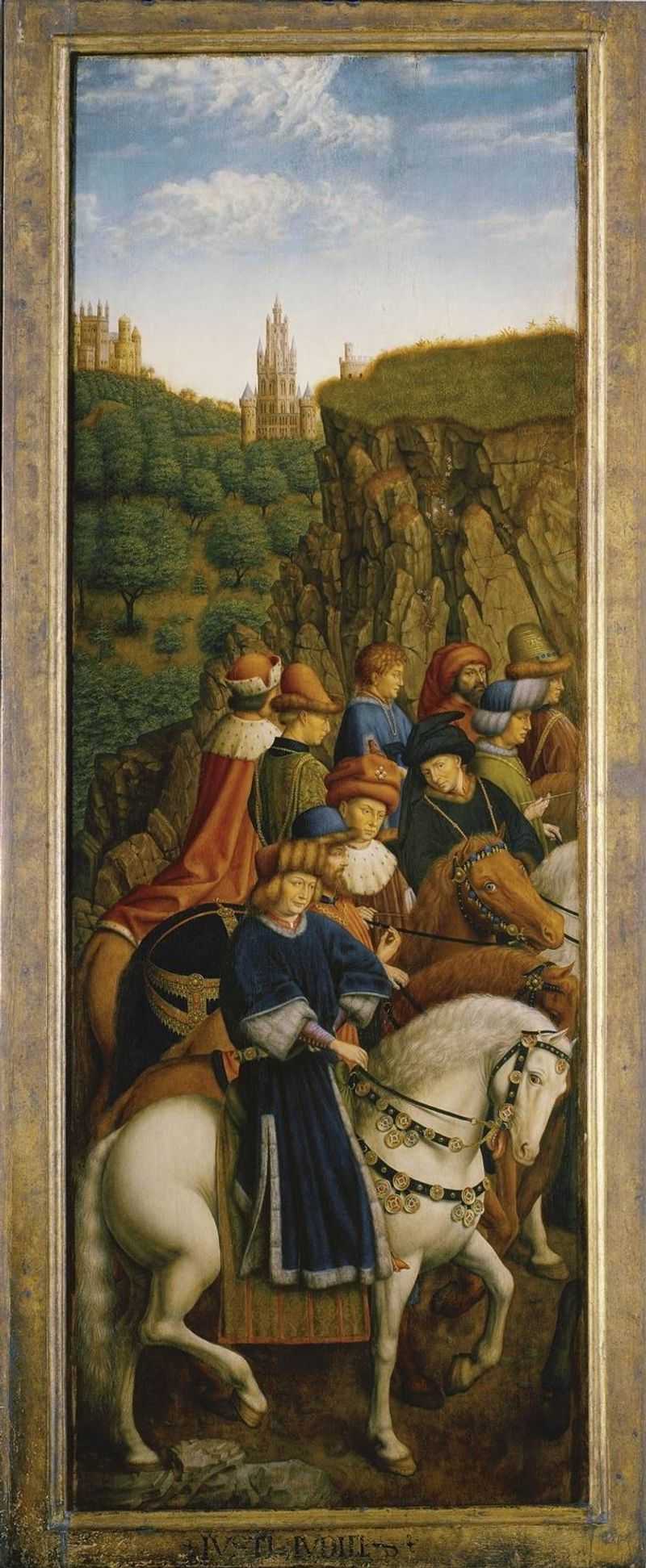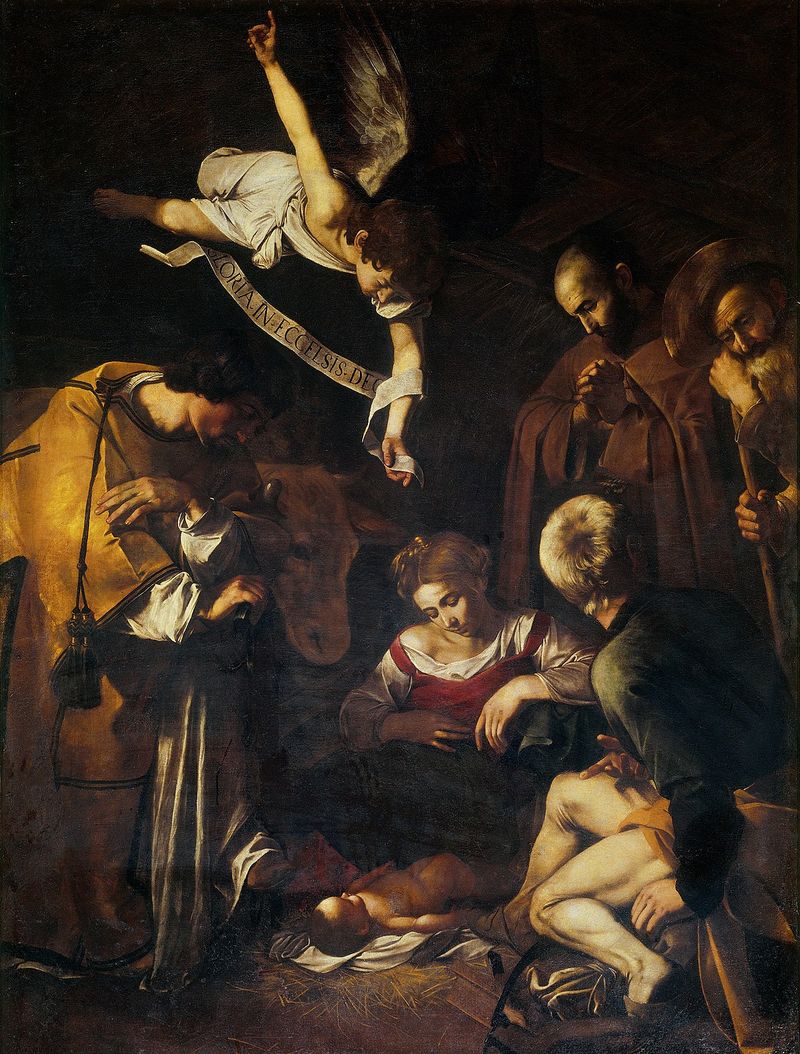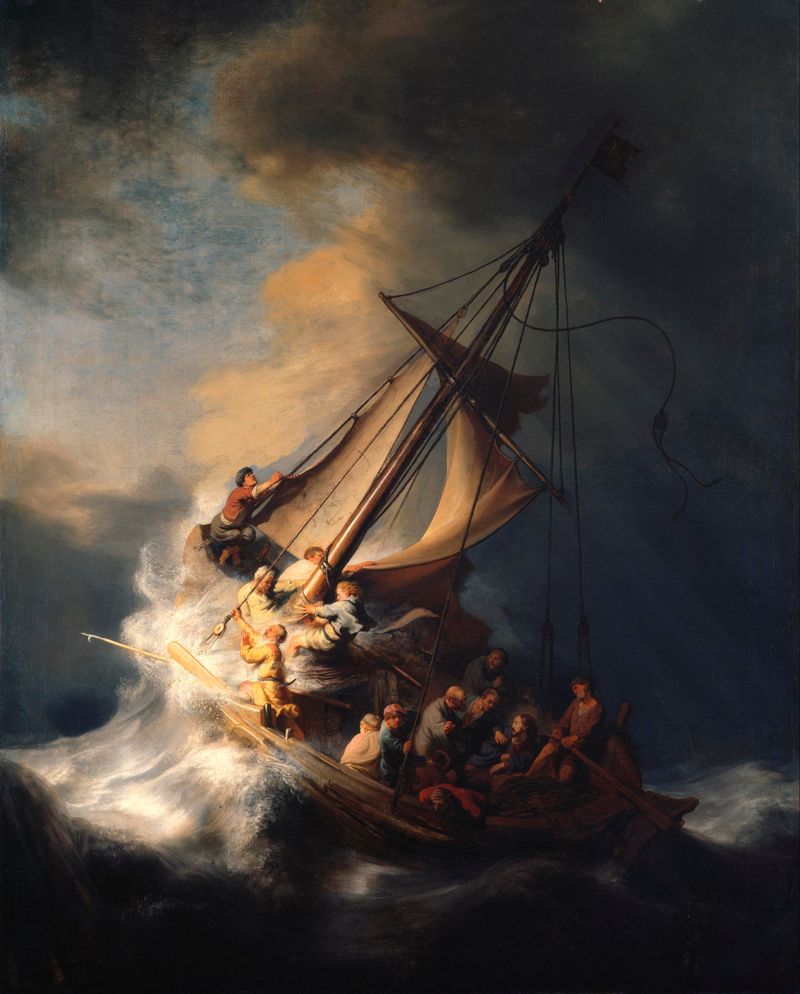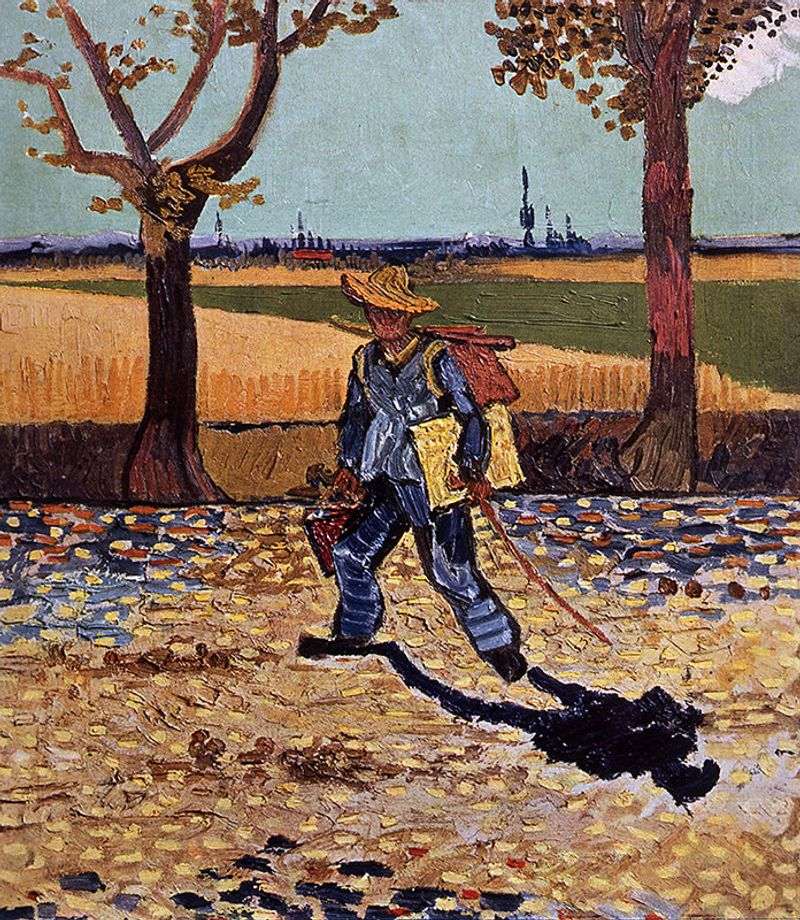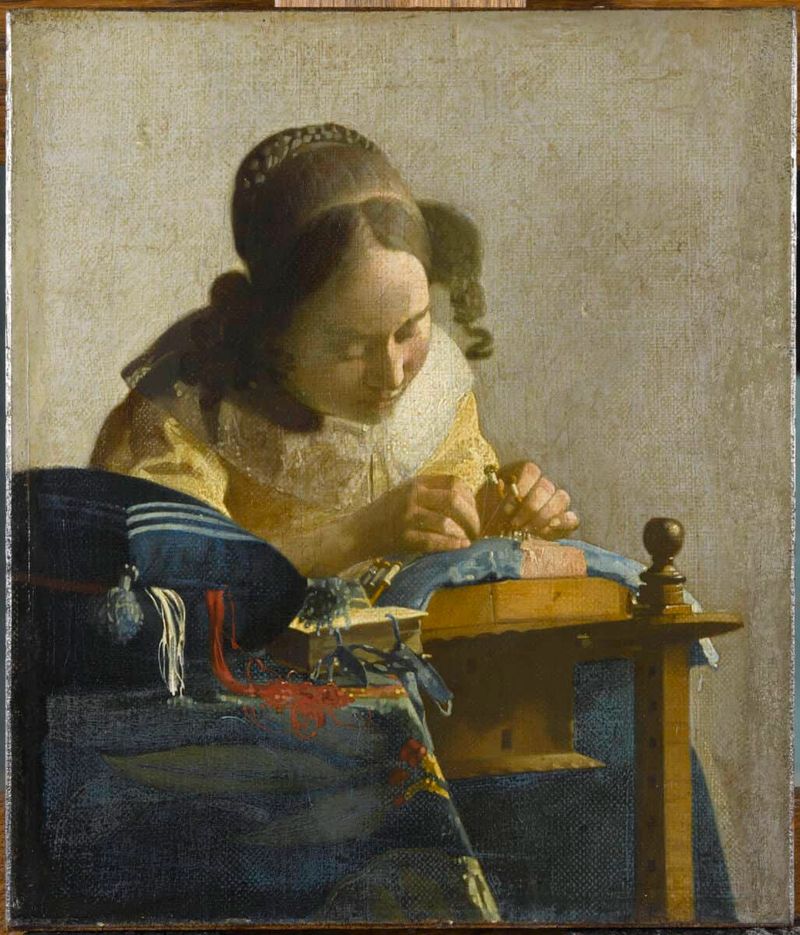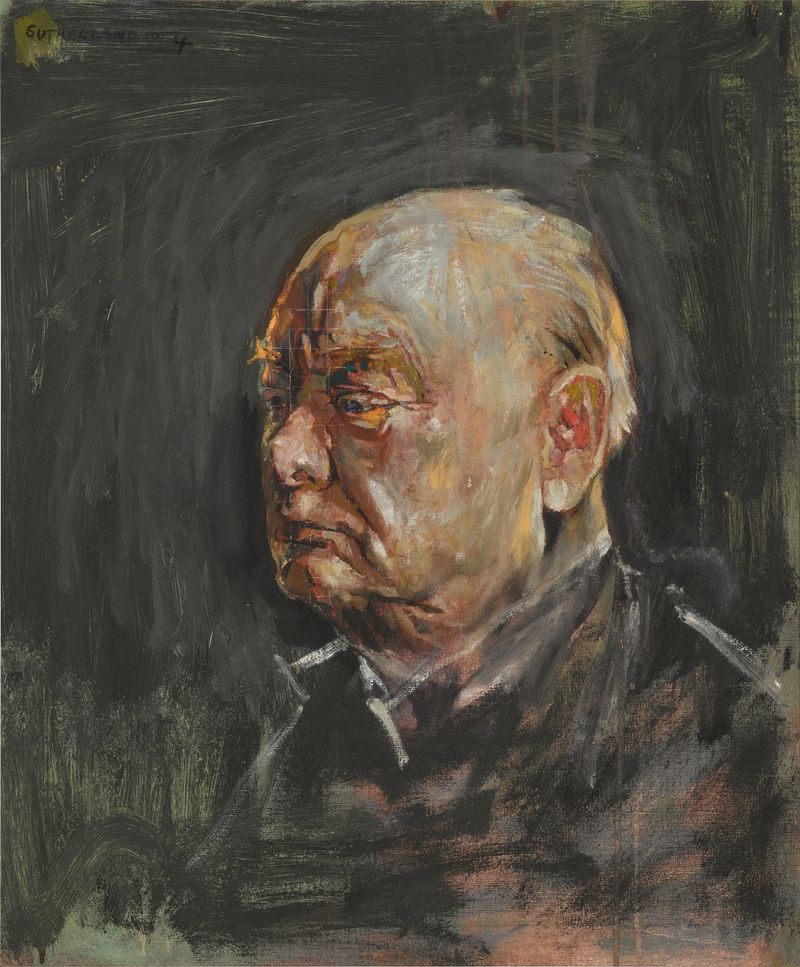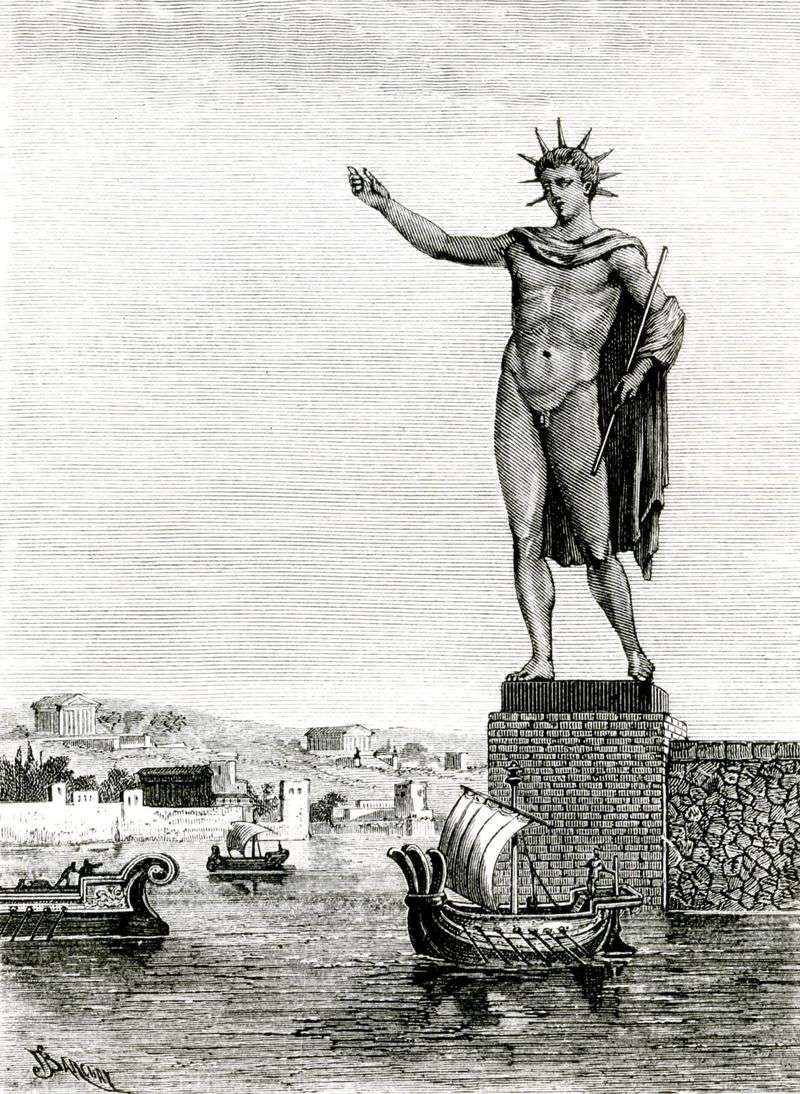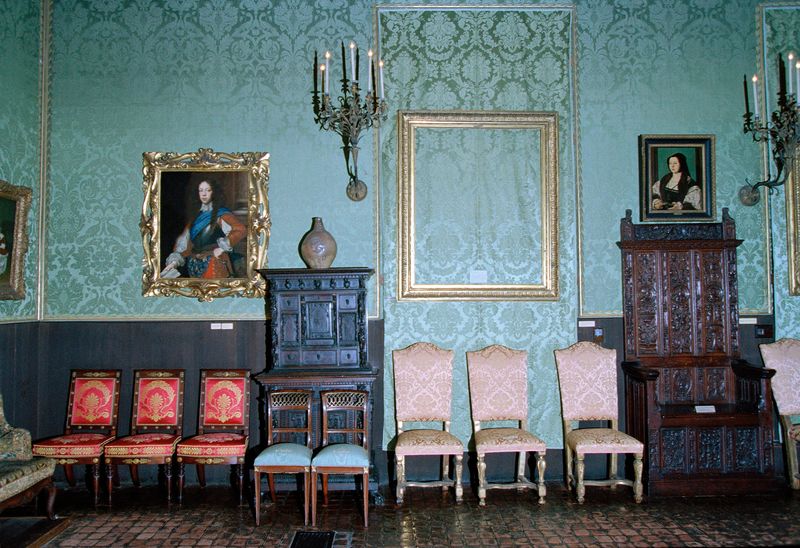Throughout history, numerous artistic masterpieces have vanished, leaving behind tales of mystery and intrigue. These lost artworks, taken through theft, destruction, or disappearance, continue to captivate the imagination of art lovers and historians alike. Each piece, crafted by a renowned artist, has a unique story that contributes to its allure. This article delves into twelve such masterpieces that have vanished from the canvas of history, exploring their origins, the circumstances of their disappearance, and the enduring mysteries surrounding them. Their stories serve as a testament to the fragile nature of cultural heritage and the relentless pursuit of beauty.
1. The Amber Room (18th Century, Stolen 1941)
Crafted by Andreas Schlüter and Gottfried Wolfram, the Amber Room was a jewel of Russian opulence, gifted to Catherine the Great. During World War II, it was looted by the Nazis and last seen in Königsberg. Some say it lies hidden in a secret bunker, while others believe it perished in bombings. Its fate, wrapped in enigma, continues to spark endless speculation and fascination among treasure hunters and historians.
2. The Concert (c. 1664, Stolen 1990)
In the quiet halls of the Isabella Stewart Gardner Museum, Vermeer’s ‘The Concert’ once captivated visitors with its serene beauty. This masterpiece, one of only 34 Vermeers, was stolen in an audacious heist in 1990, along with other priceless works. Valued today at $250 million, its absence leaves a haunting void on the museum’s walls. Despite numerous leads and a tantalizing reward, the painting remains at large, a ghost of art history, reminding us of the audacity of those who dare to steal beauty itself.
3. Portrait of a Young Man (1514, Stolen 1939)
Raphael’s ‘Portrait of a Young Man’ carries the elegance of the Renaissance in each brushstroke. This painting once adorned the Czartoryski Museum in Poland until it was seized by the Nazis, becoming a favorite of Hitler himself. The last whispers of its existence hint at destruction in 1945, yet some believe it still resides in a veiled private collection. Its story is one of loss, longing, and the enduring hope of art historians who seek to reclaim a piece of the Renaissance’s heart.
4. The Just Judges (1432, Stolen 1934)
Jan van Eyck’s ‘The Just Judges’, part of the famed Ghent Altarpiece, disappeared under a shroud of mystery in 1934. A deathbed confession claimed it was buried, yet no trace has been found. The thief’s enigmatic ransom notes, signed ‘D.U.A.’, deepened the intrigue. This missing panel, with its meticulously painted figures, continues to haunt the art world, a puzzle without a solution. Its absence leaves a glaring void in not just the altarpiece, but also in the story of medieval art’s grandeur.
5. Nativity with St. Francis and St. Lawrence (1609, Stolen 1969)
Under the Sicilian sky, Caravaggio’s ‘Nativity with St. Francis and St. Lawrence’ once graced a modest church. Its intricate play of light and shadow captured the divine grace of the nativity scene. In 1969, it vanished, stolen by the Sicilian Mafia. Rumors murmur of its destruction in the 1980s; still, hope lingers that it survives in secret. This painting’s disappearance is a somber reminder of the vulnerability of beauty to the hands of those who value wealth over art’s spirit.
6. The Storm on the Sea of Galilee (1633, Stolen 1990)
Rembrandt’s only seascape, ‘The Storm on the Sea of Galilee,’ once hung in peaceful splendor at the Gardner Museum. Its depiction of a fragile boat battling a tempest symbolized human struggle against nature’s wrath. In 1990, it was taken during the infamous art heist, leaving a stormy void. Despite a $10 million reward, its fate remains a mystery. This painting, with its energetic brushwork and emotional depth, continues to call out to art lovers, promising adventure and the thrill of discovery.
7. The Painter on His Way to Work (c. 1846, Destroyed 1945)
Though few records remain, Van Gogh’s ‘The Painter on His Way to Work’ depicted the artist himself amidst a vibrant landscape. Part of a Nazi collection, it met a fiery fate during the Allied bombings of Magdeburg. The painting, now just a memory, symbolizes both the destructive power of war and the resilience of Van Gogh’s legacy. Its loss is a poignant reminder of art’s transience, provoking reflections on the cost of conflict and the enduring spirit of creativity.
8. The Lacemaker (c. 1669, Stolen 1974)
In a quiet corner of a French museum, Vermeer’s ‘The Lacemaker’ portrayed a woman absorbed in her craft. This painting, one of Vermeer’s exquisite gems, was stolen in 1974, adding to the list of art world’s lamented losses. Its delicate portrayal of femininity and focus invites viewers to ponder the intimacy of daily life. Whether it was destroyed to avoid capture or remains hidden, its absence leaves a gentle void in the world of Dutch art, echoing whispers of what once was.
9. The Portrait of Winston Churchill (1954, Destroyed 1954)
Graham Sutherland’s portrait of Winston Churchill remains notorious not for its existence, but for its abrupt demise. Churchill detested the depiction, finding it unflattering, leading his wife to secretly burn it. This act of destruction was both personal and profound, sparking debates on artistic representation versus personal vanity. Today, only sketches and photographs allow us to glimpse what was lost. The tale endures as a testament to the clash between artist and subject, a fiery end to a piece of political portraiture.
10. The Colossus of Rhodes (292 BC, Destroyed 226 BC)
Standing tall as one of the Seven Wonders, the Colossus of Rhodes was a symbol of triumph and ingenuity. Crafted by Chares of Lindos, it greeted ancient travelers with its imposing presence. In 226 BC, an earthquake toppled the statue, leaving only its legend behind. Debates linger about its pose and exact location, fueling imaginations across centuries. Its story reflects humanity’s eternal quest to commemorate victory through art, highlighting both our creative brilliance and our vulnerability to nature’s unpredictable forces.
11. The Hands Resist Him (1972, “Cursed” & Disappeared 2000)
Bill Stoneham’s ‘The Hands Resist Him’ became an internet legend, known for its alleged curse. This eerie painting, with its unsettling figures, was sold on eBay amid claims of supernatural occurrences. After gaining viral fame, it vanished from public view around 2000, raising questions about its current whereabouts. Is it ensconced in a private collection, or does its dark legacy continue to unfold elsewhere? The mystery of its disappearance feeds the enigma, merging art with folklore in a uniquely modern myth.
12. The Isabella Stewart Gardner Museum Heist Paintings (1990, Still Missing)
The Isabella Stewart Gardner Museum Heist remains one of the art world’s most baffling mysteries. In 1990, thirteen pieces, including Manet’s ‘Chez Tortoni’ and Degas’ ‘La Sortie de Pesage,’ were stolen by thieves disguised as policemen. Valued in the hundreds of millions, the artworks’ loss is deeply felt. The FBI suspects they circulate in organized crime circles, possibly in Philadelphia or Connecticut. Their continued absence symbolizes the audacity of art thieves and the ongoing challenge of recovering cultural treasures.
